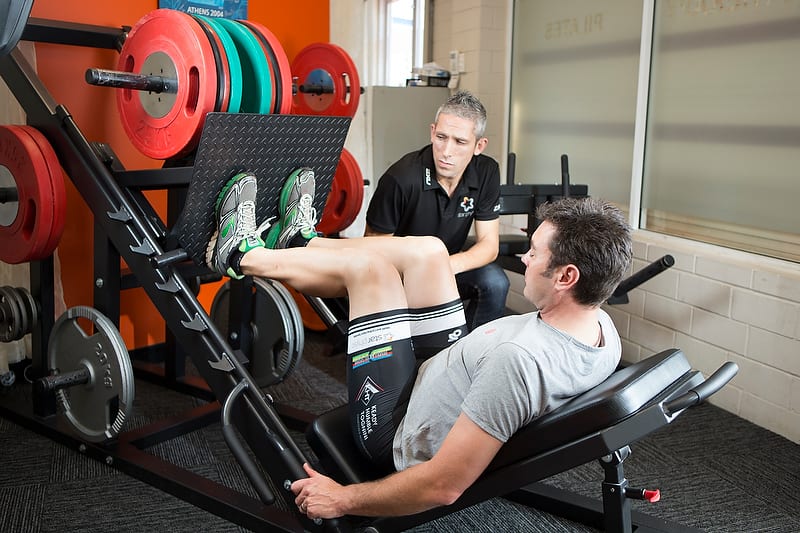Physiotherapy as an initial treatment for Femoroacetabular impingement. Review of Literature.
Dr James Debenham (PhD), Star Physio Research Director reviews physiotherapy treatment for a common hip complaint seen in athletes called femoroacetabular impingement. Have you been told you might have FAI, or do you have pain in the front of the hip? Read on!!!
Hoit, G., et al. (2019). “Physiotherapy as an Initial Treatment Option for Femoroacetabular Impingement: A Systematic Review of the Literature and Meta-analysis of 5 Randomized Controlled Trials.” Am J Sports Med 1
What is femoroacetabular impingement (FAI):
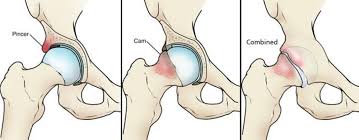
Examples of anterior hip impingement.
So femoroacetabular impingement (FAI) is a common source of hip pain that affects active young adults. Put simply, it presents as pain felt in the front of the hip (groin region), that occurs when the hip joint gets compressed at the front during hip flexion activities.
For this reason, it affects athletes who do repetitive or vigorous hip flexion sports (think cyclists, hill runners, footballer, and hockey players). When mild it is felt as a “tightness in the front of the hip” which is commonly misinterpreted as a “tight hip flexor”. When more severe, the pain becomes sharp and catching and very limiting to sports participation.
What did the study show?
Whilst Physiotherapy is considered the mainstay of care for FAI, the evidence regarding different physiotherapy practices is actually not well understood. In the paper here by Hoit et al, the authors systematically collected and synthesized the best available evidence to establish the utility of physiotherapy in the management of FAI. This study identified a total of 5 randomized controlled trials, which all compared different physiotherapy protocols such as core strengthening, active strengthening, and passive modalities (e.g. stretching, massage, dry needling, etc.). They also explored the concept of supervised vs. un-supervised physiotherapy.
The authors were able to do this thing called a “meta-analysis”, which pools all the findings from these studies to establish group-effectiveness from all the studies combined; what helps and by how much? This analysis collectively demonstrated improved outcomes with physiotherapy.
Looking a little closer, they found that core strengthening and active strengthening, when supervised by a physio resulted in statistically significant improvements in outcomes. Interestingly though, when exercise is unsupervised, or only passive treatments are applied, the treatments were ineffective.
My interpretations:
This was a well conducted, vigorous trial, so we should trust the findings. Whilst the findings were consistent, they were based on only 5 RCT’s (that isn’t many), so it is possible that future evidence may prompt us to modify our thinking. However, the findings clearly suggest that if you have FAI, then strengthening should a key ingredient of your treatment.
Furthermore, this treatment does require supervision to be effective. To add my clinical interpretation to this, that doesn’t necessarily mean that every single session needs to be supervised, but there needs to be regular check-ins (this could be anywhere between weekly and monthly depending on the circumstances), to ensure that the exercise selection, dose, progression and execution are all perfect. For my patients receiving strengthening programmes (and almost all do), these regular catch-ups always end up with significant refinements being made and represent high-value interactions.
Unfortunately, many health professionals do not keep up with research and evidence, and also do not understand the science of strength and conditioning, continuing to prescribe exercises that do not challenge the system enough to give the necessary strength gains to get improvement of symptoms.
Strengthening is highly effective, but only when done correctly.
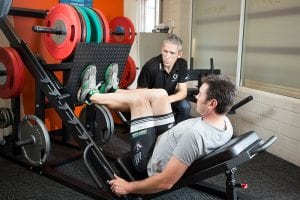
Dr James Debenham is an expert in rehabilitation of hip pain at Star Physio.
Finally, the study reinforces the notion that passive treatments should be viewed with caution in the management of this condition. Passive treatments can add value certainly, and result in alterations in symptoms, but it should not represent the primary ingredient of your management plan. When supplementing a high quality well-supervised strengthening programme, massage, manual therapy and dry needling can certainly add value, but please do not expect this alone to result in a successful long-term outcome and ask questions of your health professional of this is all that they are offering!
If you have anterior of front of hip pain, get in touch with James and the expert team at Star Physio. As we say, “not all physiotherapists are the same”!
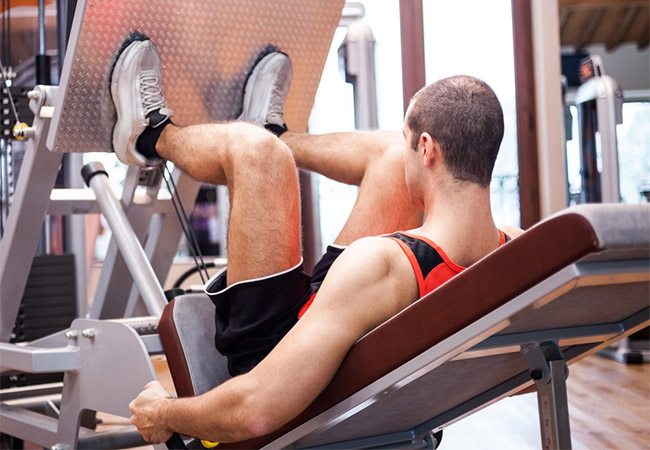
Key Strength Exercises for Cyclists and Triathletes
Integrating strength training into your training regime is crucial for cyclists and triathletes who wish to improve performance and reduce the risk of injury. While cycling, running and swimming alone will improve your aerobic fitness and maintain your performance...
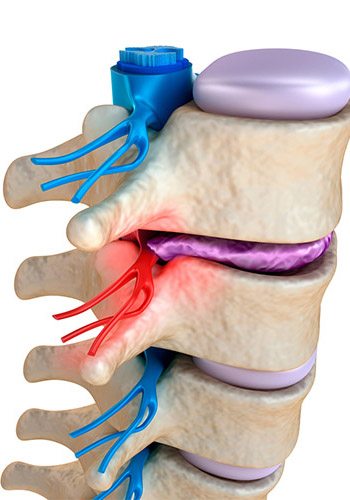
Back pain? No such thing as a slipped disc
In technical terms, there is no such thing as a slipped disc. When you hear the term “slipped disc” used, you can almost certainly be sure they’re talking about a herniated disc or a bulging disc. What is a Spinal Disc? Spinal discs are stationary parts of the body....
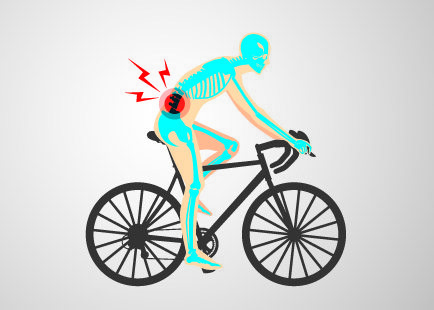
Beginner bike mistakes to avoid
At first glance, starting out on a bike for the first time seems easy – all you need is yourself, some comfortable clothing and the bike, right? Well… Sort of. Cycling actually has a lot more to it than you might think. While you might not see it at first glance, all...
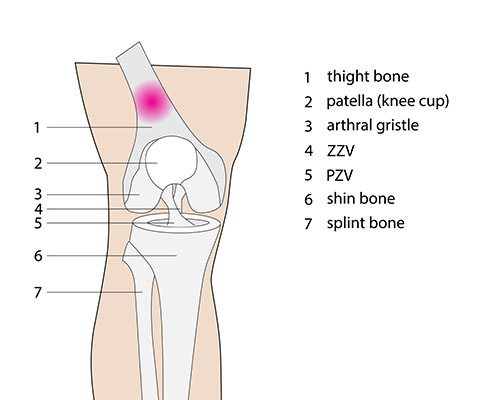
The right way to treat tendonitis
At Star Physio, we’re proud to have two members of staff who have received Doctorates for their research into tendinopathy. Doctors James Debenham and Merv Travers have published research in Achilles Tendinopathy in the Journal of Science and Medicine in Sport. We...

